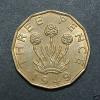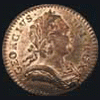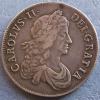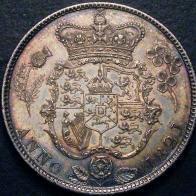I agree that both the quantities struck and the problems of QC at the mint probably do mean that there will be many varieties of these coins. I've examined some 24 of these coins for 2016 so far and it is striking that there are variations in 23 of them. If I were to take say the 1967 penny, and examine just 24 of those from various sources, I doubt I would find any varieties let alone 23.
Having said that, the variations I'm finding are not miniscule, at least not when set against some of the accepted predecimal varieties. For instance, the differentiators for some predecimal types often include the pointings of letters to beads or to spaces, and also the spacing of letters and colons etc. plus, sometimes, the number of border beads or the thickness of the rim. All of the distinguishing features found so far for the 2016 £1 coins are of the same general scale. On the obverse of the new coins, the truncation can intrude into the outer ring, it can touch the ring, it can have a small gap to the ring and it can have a large gap to the ring. Ditto, the diadem can intrude into the ring, touch the ring or leave a gap to the ring. Also, the spacing of the obverse lettering from the ring varies. What is curious though is that there seem to be 10 variations, so far, of combinations of these features. Usually, with varieties you find a set of factors which combine to produce 2 or maybe 3 variants, but here there are a much larger number in a very small sample.
I don't think it makes any difference to the financial value of such coins. For the most part, they are worth £1 and that's all, but from a collecting point of view, it does mean there is quite a lot to look out for if you are a variety collector like myself.
 Coinpublications.com
Coinpublications.com




